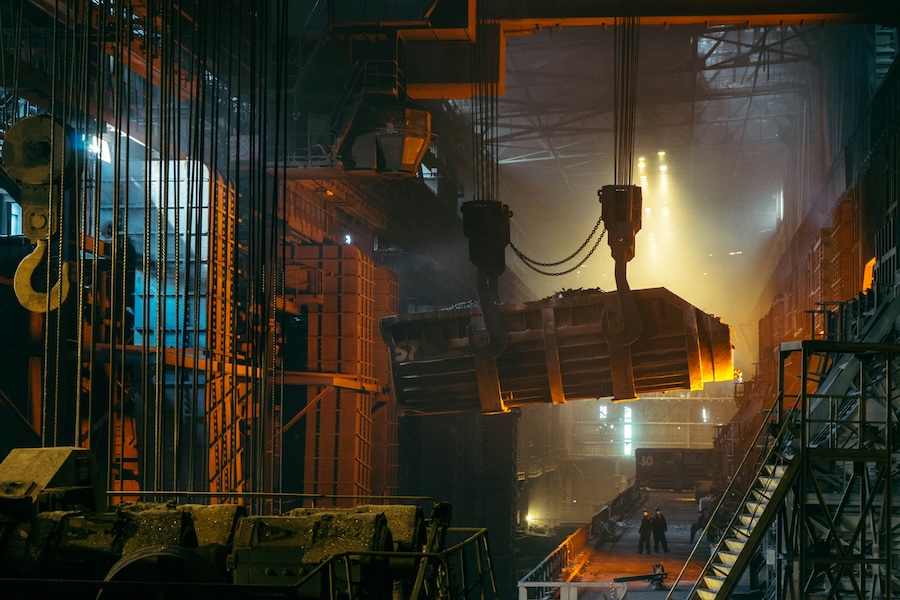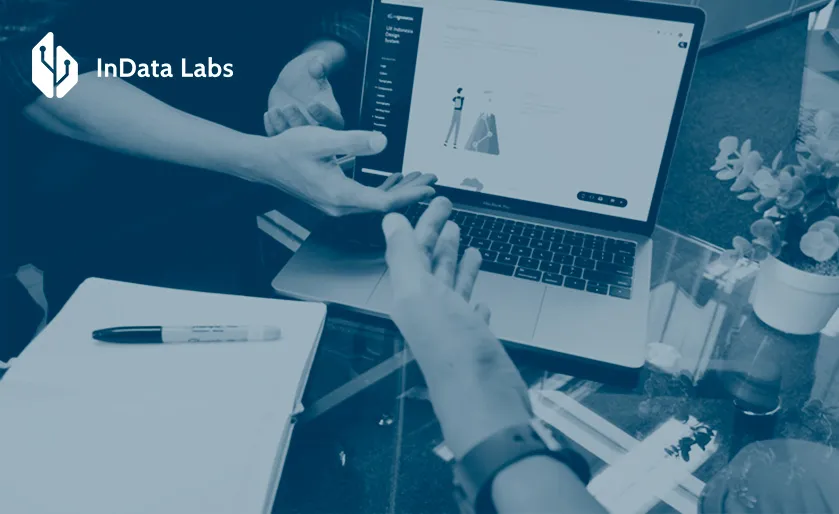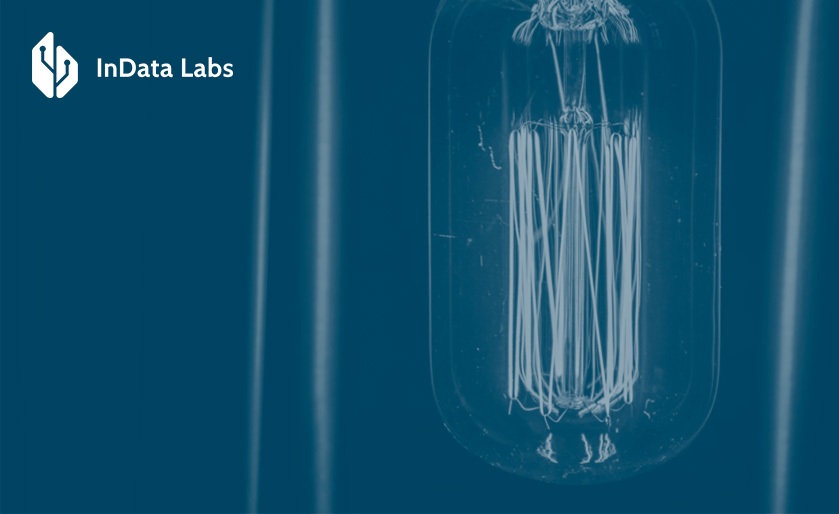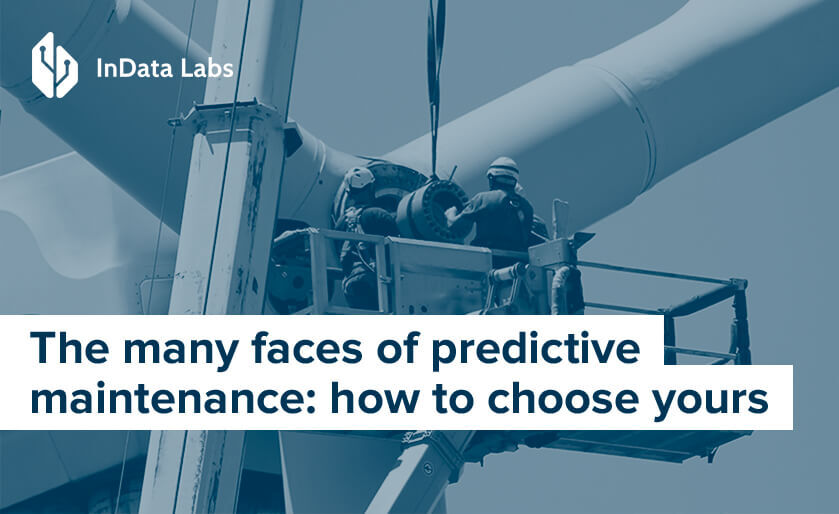The manufacturing industry faces complex challenges today and constantly seeks new methods to reduce operational risks. One method of reducing risks is industrial predictive analytics. Disruptions can occur in any form, such as raw material shortages or geopolitical crises that can impact global supply management and the availability of goods to essential markets. With the help of the proper techniques, industries can face these issues head-on by becoming data-driven. This way, they can create more sustainable processes and integrate forward-thinking approaches for long-term benefits using predictive analytics in manufacturing.
What are industrial predictive analytics and demand forecasting?
This approach is an advanced method of using data from previous actions to predict future outcomes in business processes. Demand forecasting is used the most in data analytics, artificial intelligence (AI), machine learning, and statistics to pull out patterns that predict the likelihood of specific actions or behaviors. This way, large-scale business processes are optimized, quality failures are identified in advance, and faster remediations are taken to avoid downtime as much as possible.

Source: Unsplash
How does industrial predictive analytics work?
There are five basic steps for building a framework for this:
- Define the problem: Proper research and a set of requirements are essential before implementing these models. Will they detect fraud? Will they be used to identify flood levels for the holiday season? Identifying the problem will help determine what method to use.
- Gather and organize data: Companies have decades of aggregated data from the past and a continual flood of real-time data from customer interactions. Before implementing them, data flows must be identified, and those datasets must be organized in a repository.
- Process data: Process the collected raw data points to become helpful in the models. All the anomalies must be cleaned to avoid any input or measurement errors.
- Develop predictive models: Data scientists can create these models using various methodologies depending on their data and the problem to be solved. Among the most widely used model categories are machine learning, regression models, and decision trees.
- Deployment: Verify the model’s accuracy and make the necessary adjustments. You can get AI consulting services from reputable providers. Make the results accessible to stakeholders through an app, website, or data dashboard as soon as they are deemed suitable.
What is the role of predictive maintenance?
Predictive maintenance (PdM) aims to prevent the equipment from failing by looking at previous data to find operational irregularities and possible flaws in the machinery. It uses past and current information from many organizational factors to stop operational hiccups before they arise. It takes into account three key organizational areas:
- Monitoring asset condition and performance in real time.
- Work order data analysis.
- Keeping inventory in check.
Predictive maintenance solutions can alert the staff if the machines malfunction. You can use it to identify problems, which can help the team minimize expensive operation pauses by alerting them when to schedule the next check-up session.

Source: Unsplash
Application of predictive analytics in top 7 industries:
Numerous industries are changing due to the presence of these tools. It can stop fraud before it starts, grow a modest business into a titan, and even save lives.
Some industry examples for predictive analytics are:
Predictive analytics in manufacturing industry
Predictive analytics in manufacturing plays a vital role and helps in many industrial processes. Factory operations become more optimized with this feature as it predicts potential problems based on historical and real-time data. It also determines how teams can be more productive, manage inventory, and prevent future errors. These predictions help firms prepare to replace broken machinery, avoid producing low-quality goods, and ensure they have adequate raw materials to continue operating efficiently. When combined with asset management and work order software, using these procedures in this industry offers many benefits. Factories can manage work orders, lower expenses, improve asset management, enhance operational efficiency, and maintain their competitive edge.
Predictive analytics in retail
Predictive analytics implementation is critical in inventory and logistics management for all retailers, whether online or in physical stores. The technology lets merchants connect vast data to maximize operations efficiency and create a well-planned supply chain. We can keep checking past sales data, product and behavior purchases, and geographic references. For instance, let’s look at online retailers such as Amazon. They use specific techniques while suggesting what to buy next. This is done by collecting data from the previous purchase to understand the customer’s interest.
Predictive analytics in finance
One of the many industries using predictive analytics is finance. This algorithm can help prevent credit card fraud as it is trained on historical transaction data. This way, predictive analytics and statistics can distinguish legitimate and fraudulent transactions.
Another way that it helps is by utilizing credit card scores to decide whether to accept or reject loan applicants. Collecting churn data from customers helps banks reach out to prospective clients before they are likely to go to other banks. Fraud prevention is one of the primary applications of these models in the banking sector, as it can point out and interfere against potential fraud activity before it can occur.

Source: Unsplash
Predictive analysis in healthcare
The healthcare industry is inclined towards using technology to reduce costs and streamline healthcare processes. These enhancements are proving to be a valuable tool for healthcare organizations. Here’s how:
- It allows access to all types of information within healthcare organizations, such as medical history, economics, and demographics. This allows doctors to gain valuable insights that can help them guide their decisions.
- It can also be used for population healthcare management. For example, patients’ data with a particular disease can be used to find a similar population cohort.
- It can also predict which patients are at a higher risk of something severe and start precautionary treatment.
Predictive analysis in marketing
Regarding industries that use predictive analytics, marketing is one of the most front-facing examples. It is a helpful tool when organizing a marketing event. Marketers must consider a few factors before organizing an event, such as how customers will respond to a campaign and how their actions can affect the success of a marketing campaign. These technologies can segment marketing leads by showing advertisements on websites and social media platforms that are personalized to their target audience’s interests and activities. Marketers in many industries use predictive analytics to examine customer behavior on historical and present data. New machine learning techniques for business systems can have accurate forecasts and identify individuals whose data corresponds with ideal customers.
Marketers can also use these for lead scoring to determine which prospects will most likely convert, making them more valuable to the business. It can also gauge the likelihood that a prospective customer will purchase goods or services. This allows them to plan how to contact prospects and what information to provide them.
Predictive analysis in automotive industry
As technology grows and changes the industry’s future, machine-learning solutions are becoming the secret to success for many automotive enterprises worldwide. They are everywhere, from determining what car you might want to buy next based on your browsing history to knowing when your vehicle might need a tune-up before it even starts acting up. They are not just helping car companies sell more cars but ensuring those cars run smoother and last longer.

Source: Unsplash
Predictive analysis in construction industry
In construction, you need a solid foundation to keep things going. Predictive analytics in construction is one such tool that helps companies do just that.
It is similar to having a personal assistant for your construction projects in the construction industry. It gives teams an up-to-date picture of what’s happening on-site and coming up next, which helps them manage their workforce more effectively. No matter where they are, they can easily access worker information and project specifics. It’s like having a toolkit complete with valuable features, like scheduling tools and job lists, all geared at making construction projects go more smoothly and intelligently.
Predictive analytics in the energy industry
The use of predictive analytics streamlines energy management. It provides insights and predictions based on data-driven energy usage and demand forecasts. Successful machine learning projects focused on sustainability can enhance energy efficiency, save energy, increase customer happiness and loyalty, and help you plan and budget more precisely and effectively.
Seasonal, daily, and hourly energy supply and demand variations can be predicted using forecasting models. It can recognize and handle possible risks, hazards, and abnormalities before any abnormalities and adverse effects happen. Thus, predictive analytics in the energy industry forecast when specific energy sources will run out and determine the most effective energy distribution.

Source: Unsplash
Predictive analytics in the chemical industry
Predictive analytics in the chemical industry has become essential to higher-quality chemical creation. Its ability to predict outcomes can help the chemical manufacturing process at several points in the production cycle, such as quality control, process enhancement, failure prediction and prevention, safety monitoring, etc.
Conclusion
Predictive analytics can change how an organization runs and performs when used effectively. This gives them a competitive edge and a chance to lower the risks of reduced downtime. With its sophisticated algorithms, industries can use data analytics and show real-time interferences to forecast future events. It is an essential tool for organizations and has caused a significant upgrade in improving process flow in various industries.



